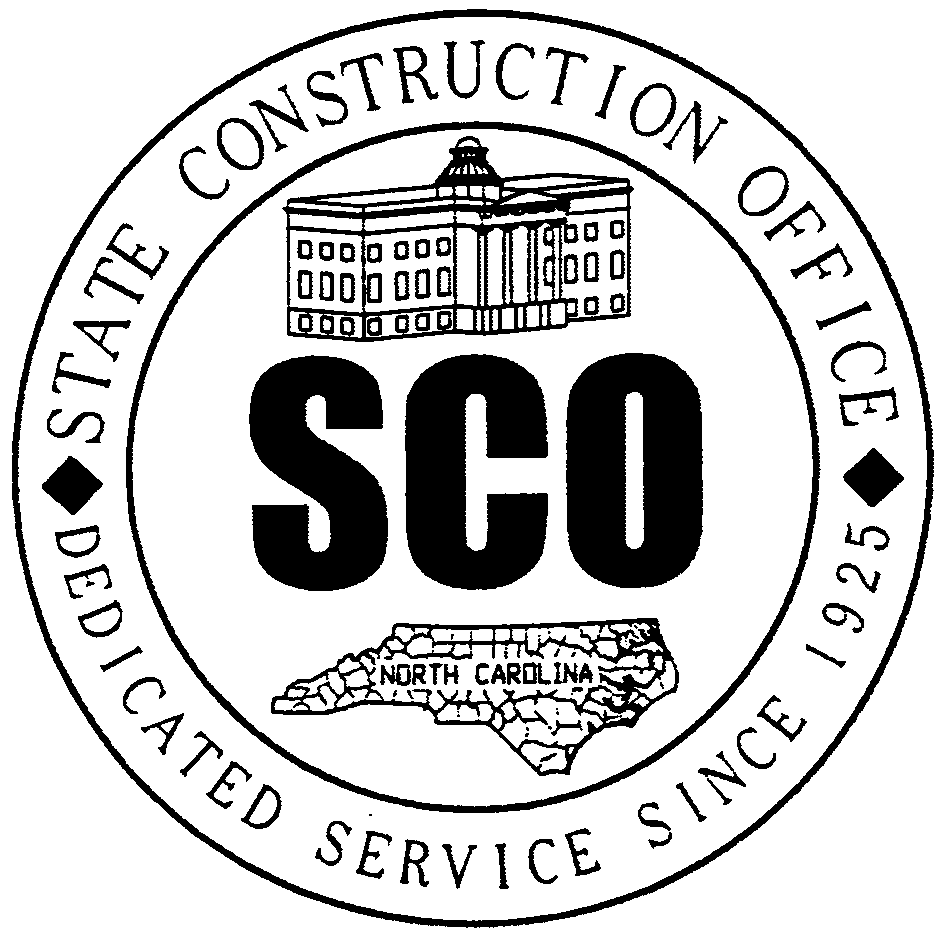1999 Progress Report
State Construction Office
InterSCOPE Web-Based Computer System
This information and workflow management system tracks information on the state's capital building projects. The system has both intranet and Internet components. Development work continues on the system.
- Users will have real-time access to project information and will be able to prepare documents and check status of work.
- InterSCOPE will help designers, contractors, state agencies, and the State Construction Office reduce paper and mailing costs and improve efficiency.
Recycling of Materials from a Demolition Project
The Caswell Square Old Heating Plant Demolition and Asbestos Removal Project, in the state government complex in downtown Raleigh, includes recycling of certain building materials. The designer will include recycling requirements in the specification, with the Department of Environment and Natural Resources acting as consultants. The specification for construction waste recycling from the new EPA complex at RTP was used as a reference.
Consultations with Sustainability Officers and Committees
Sustainability information was provided to the Department of Cultural Resources and the UNC System for their green building pilot projects. Meetings were conducted at UNC-Chapel Hill to discuss the sustainable building design process, and with the university system's capital projects coordinators and maintenance directors in January 2000. Consultations continue with staff at state agencies and several universities, including UNC-Asheville and Appalachian State University.
Electrical Guidelines and Policies – 1999
This publication, which describes energy-efficient electrical equipment requirements for state buildings, has been implemented and the policies are being used. The use of efficient lighting is a primary way to reduce energy cost and pollution.
- T8 fluorescent lamps and electronic ballasts have an average cost savings of 36 percent.
- Compact fluorescent fixtures in place of incandescent lamps have an average energy savings of 67 percent.
- LED exit signs are maintenance-free for the life of the fixture - about 20 years -- and have an energy savings of 98 percent.
- Lighting controls, including motion sensors and electronic dimming with daylight, are required where appropriate.
This project introduced an innovative purchasing process to evaluate manufacturers of carpet and select one carpet that is environmentally preferable and complies with all functional criteria. The goals of this program are to reduce waste by recycling; produce less air and water pollution; use less fossil fuel and more renewable energy; achieve healthy, productive, indoor environments; and balance the competing interests of function, cost, and environment.
A solicitation document, explaining the evaluation criteria and award of contract, was sent to a selected list of carpet vendors. A pre-bid conference included staff from the Museum of Natural Sciences, Division of Purchase and Contract, State Construction Office and carpet vendors. Evaluation criteria included:
- Cost of carpet and installation
- Performance capabilities and quality
- Environmental sustainability
- Corporate policy, activity level, and procurement practices
- Environmental impact of manufacturing and facility practices
- Waste prevention by recycling waste and old carpet
Staff from the Division of Purchase and Contract, the State Construction Office, and the Museum of Natural Sciences worked together to evaluate each answer in the proposals from carpet manufacturers. Points were assigned to each answer to questions in the solicitation document.
Collins & Aikman Floorcoverings Inc. was awarded the contract. Quoted costs were lower than expected, so the environmentally preferable product was purchased at a reasonable price.